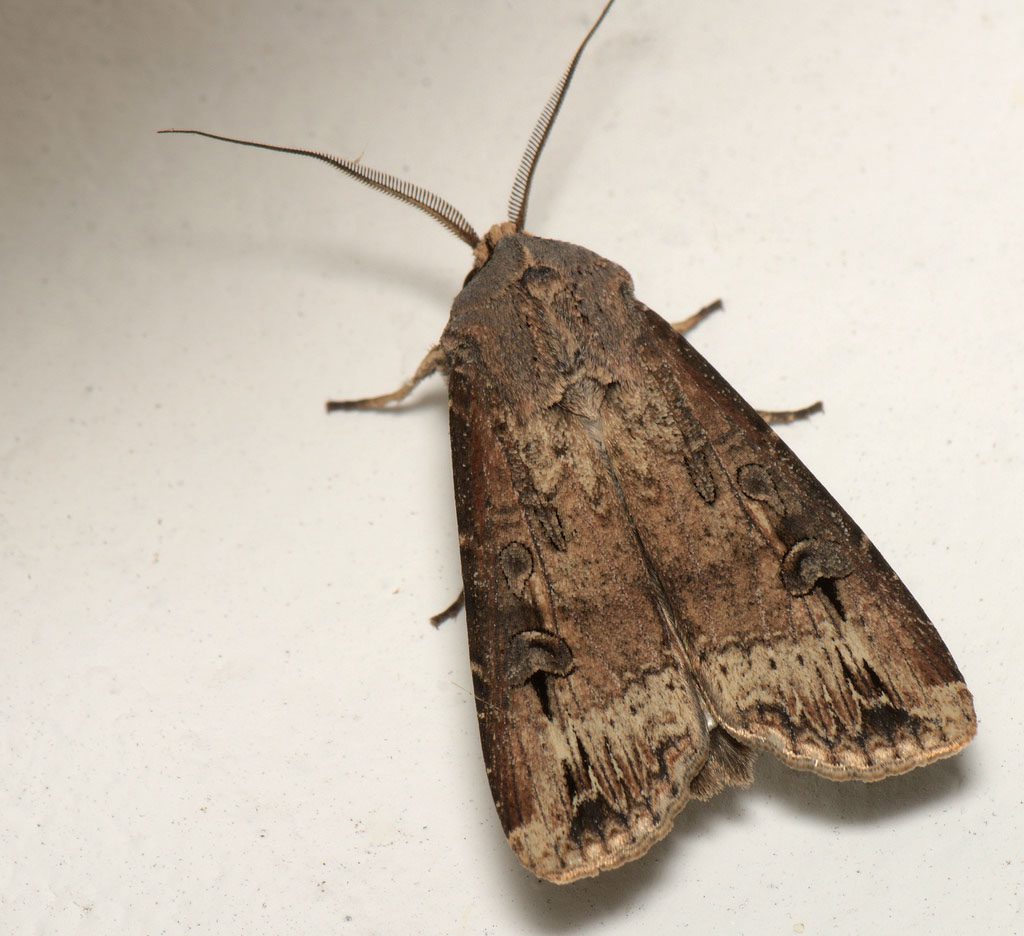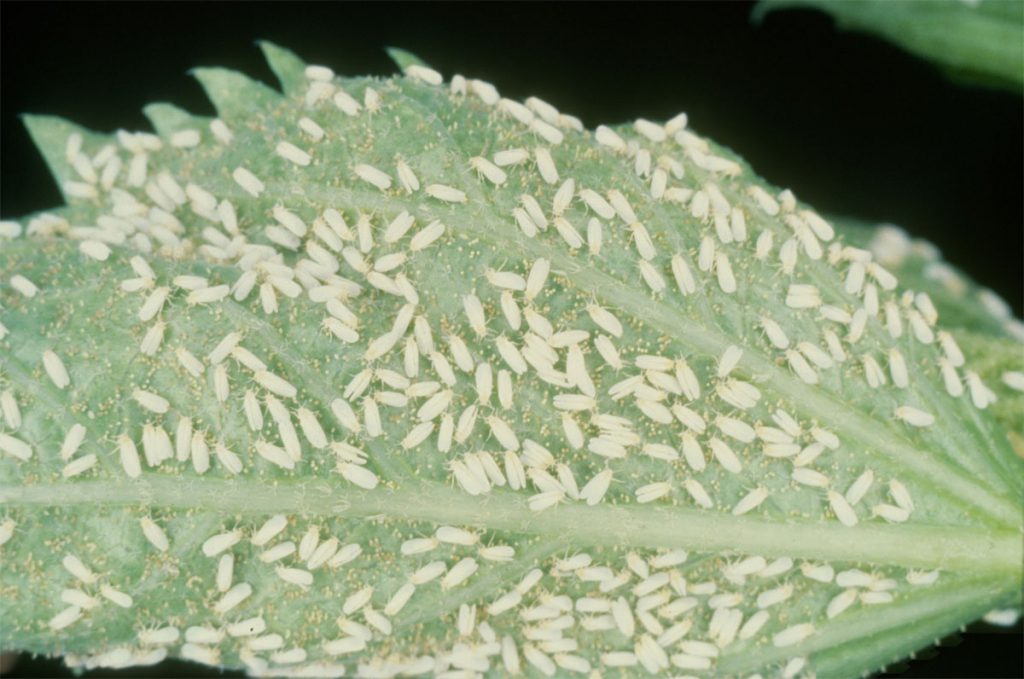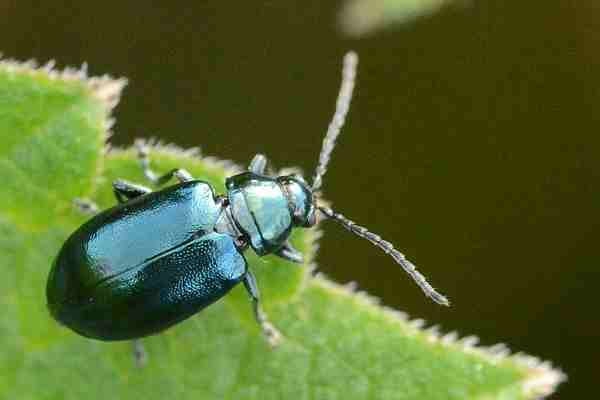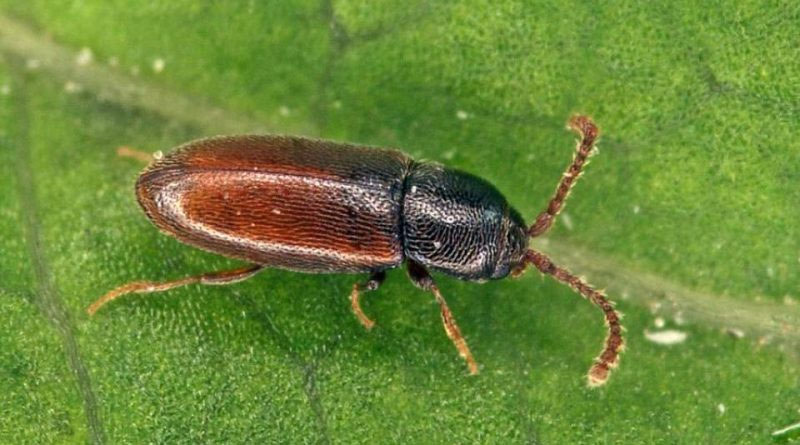Black cutworm are found in many crops e.g. beets, corn, potatoes, tobacco, legumes.
Scientific name: Agrotis segetum, Agrotis ipsilon
Other common names: Dark sword-grass, Greasy cutworm, Floodplain cutworm or Ipsilon dart
Greek name: Αγρότιδες, Καραφατμέ, Κοφτοσκούληκα
Symptoms
When in larvae stage cut young seedlings at the plant’s “neck” (usually above the ground). Leaves in the beginning show indistinct freckles, which then develop into holes, tears or peripheral freckles from the ongoing activity of the larvae. Older larvae are more voracious and usually devour roots and young seedlings completely. They may make holes in beetroots and potatoes.
Enemy
The larvae (caterpillars) are hairless, cylindrical, grey in color and reach a length of 40-50 mm. The head is brown, with 3 pairs of legs on the thorax and 5 pairs of abdominal pseudopods.
They also bear three dark elongated stripes. When they feel been touched they immediately curl up with the head in the center.
The larvae (butterflies) are about 20 mm long and greyish-brown in color. The forewings are darker in color and are decorated with jade markings and zigzag lines.
Notes
Found mainly on light soils. Particularly favorable conditions for their occurrence are dry, warm weather and soil covered with weeds. Young caterpillars do not survive in moist soil. The insect has nocturnal habits.
Source
https://www.bayercropscience.gr/
Agrotis ipsilon
Agrotis segetum
Tags: PLANTS ENEMY





